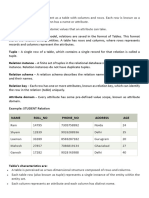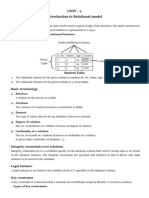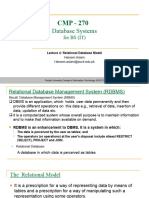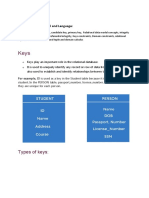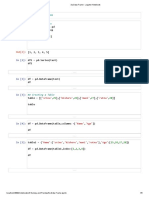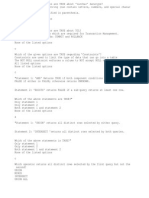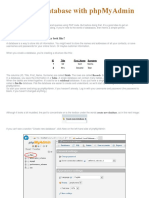0% found this document useful (0 votes)
21 views27 pagesRelational Model
The relational model, introduced by Codd in 1970, represents databases as collections of relations using concepts from set theory and predicate logic. Key concepts include relations (tables), attributes (columns), tuples (records), and various types of keys (primary, foreign, unique, etc.) that ensure data integrity and relationships between tables. Integrity constraints are rules that maintain data quality, including domain, key, entity integrity, and referential integrity constraints.
Uploaded by
Praket MehtaCopyright
© © All Rights Reserved
We take content rights seriously. If you suspect this is your content, claim it here.
Available Formats
Download as PDF, TXT or read online on Scribd
0% found this document useful (0 votes)
21 views27 pagesRelational Model
The relational model, introduced by Codd in 1970, represents databases as collections of relations using concepts from set theory and predicate logic. Key concepts include relations (tables), attributes (columns), tuples (records), and various types of keys (primary, foreign, unique, etc.) that ensure data integrity and relationships between tables. Integrity constraints are rules that maintain data quality, including domain, key, entity integrity, and referential integrity constraints.
Uploaded by
Praket MehtaCopyright
© © All Rights Reserved
We take content rights seriously. If you suspect this is your content, claim it here.
Available Formats
Download as PDF, TXT or read online on Scribd
/ 27



































